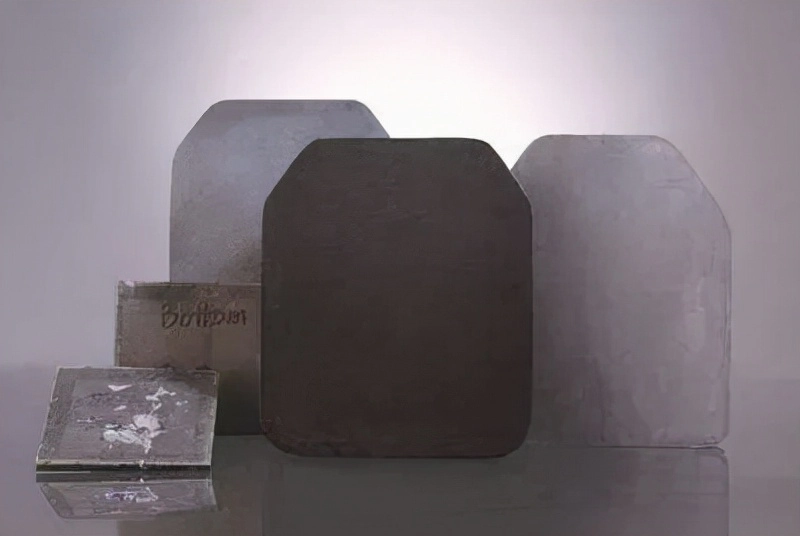Boron carbide is a hard material and one of the hardest known substances. This covalent bonded material is often referred to as "black diamond" due to its shiny black crystals and exceptional hardness, finding its place in many high-risk applications ranging from tank armor and bulletproof vests to engine destroying powders. This article aims to delve into the complexity of boron carbide ceramics, exploring its unique properties, production methods, and wide-ranging applications.
Overview of Boron Carbide
Discovered in the 19th century as a by-product of metal boride reactions, boron carbide's exact chemical composition remained a mystery until the 1930s. Modern x-ray crystallography has unveiled its complex structure characterized by C-B-C chains and B12 icosahedra, a hallmark of icosahedron-based borides.
Unique Properties of Boron Carbide
Boron carbide's allure in the ceramic and technological fields is largely attributable to its multifaceted properties:
- Extreme Hardness: Rating between 9.5-9.75 on the Mohs hardness scale, boron carbide is among the hardest materials, making it ideal for applications requiring exceptional wear resistance.
- Stability to Ionizing Radiation: It maintains stability under ionizing radiation, making it suitable for use in nuclear applications.
- Chemical Resistance: Demonstrating significant resistance to chemical reactions, boron carbide stands robust against harsh environments.
- Neutron Shielding: Its good shielding properties against neutrons make it a candidate for applications in nuclear reactors.
- Semi-conductivity: Exhibiting p-type semiconductor properties, boron carbide adds a unique touch to its portfolio by dabbling in the electronic materials sector.
Production Techniques for Boron Carbide Ceramics
Given its covalent nature, the production of boron carbide poses unique challenges, requiring specific methods to achieve commercially viable yields:
- Fusion Method: Involved reducing boron anhydride (B2O3) with carbon, producing boron carbide with coarse granularity suitable for various applications.
- Magnesiothermic Reaction: A method yielding stoichiometric carbide with low granularity but with impurities such as graphite.
- Sintering: Due to its covalent bonding, boron carbide is typically hot-pressed under vacuum or inert atmospheres at high temperatures (2100-2200°C) to form dense shapes. Another method involves pressureless sintering at temperatures nearing boron carbide's melting point, with sintering aids like alumina or nickel added to facilitate the process.
-
Applications Spanning Various Industries
Boron carbide's exceptional properties make it a versatile material applied in numerous key industries:
-
As an Abrasive and Lapping Agent
Its unmatched hardness makes boron carbide an ideal candidate for abrasive and lapping applications, allowing for effective material removal in processing super-hard materials.
-
In Ceramic Blasting Nozzles
Sintered boron carbide forms the backbone of blasting nozzles, promising uniform blasting power, minimal wear, and an extended service life, especially when using hard abrasive agents.
-
Ballistic Protective Material
When lightweight yet robust armor material is needed, boron carbide emerges as the superior choice. Its high hardness, high compressive strength, and high elasticity can provide a certain level of protection, and it is also lighter in weight, making these properties a great advantage in military equipment.
Conclusion
Boron carbide (B4C), revered as one of the hardest materials after diamond and cubic boron nitride, manifests itself as an essential material in the ceramic industry and beyond. Some surface finishing and surface treatment techniques can be used with this material.
